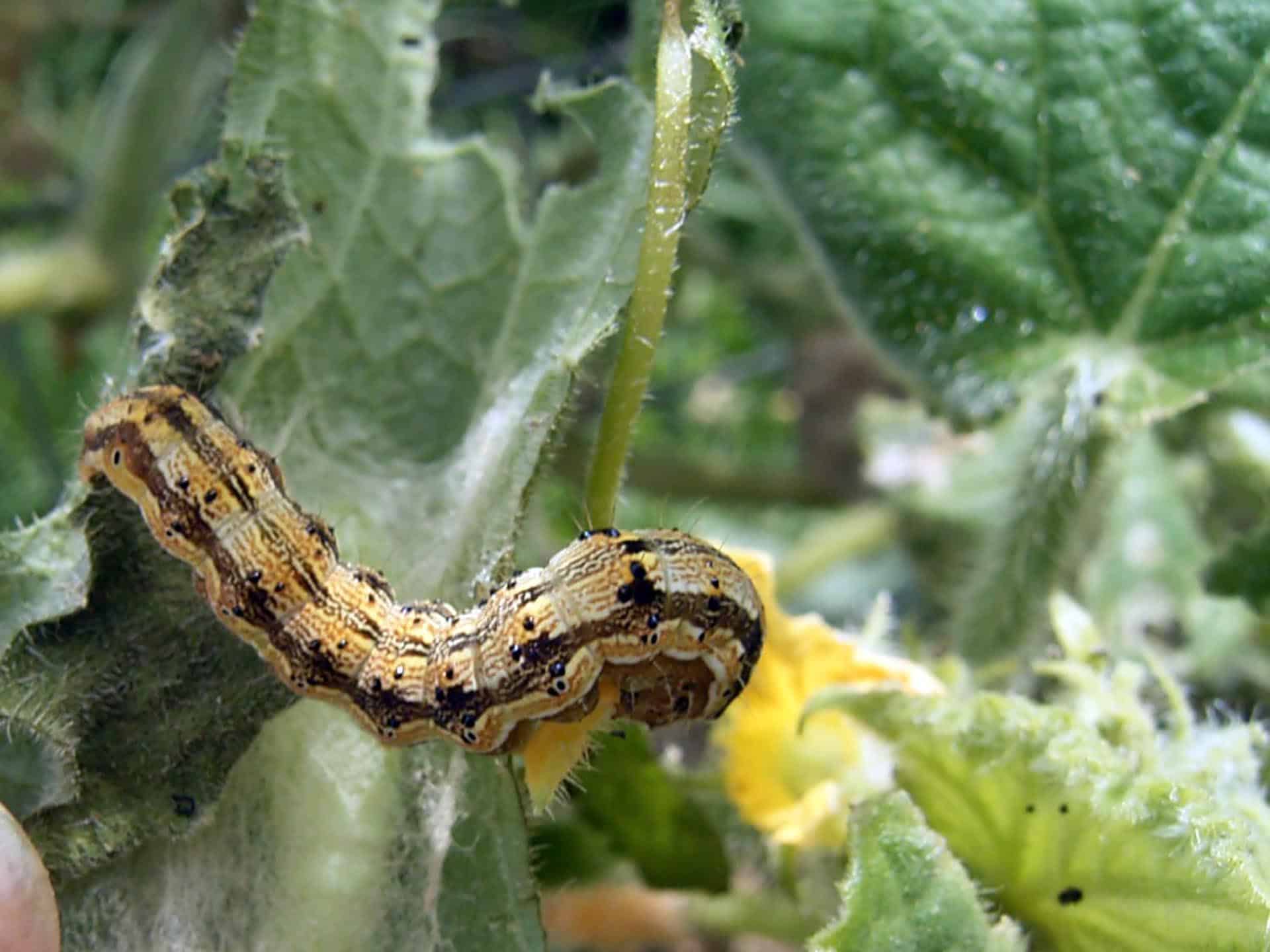Plant the following nearby or bruise a few shoots and leaves then strew around. Alternatively, squeeze juice and smear on plant stems.
Amaranthus (cutworm) / Artimisias- daisy family (cabbage butterfly and caterpillar) / Borage (tomato and cabbage worm) / Dill (cabbage moth) / Feverfew (moths) / Hyssop (aroma confuses cabbage white butterflies) / Mint (cabbage moth and caterpillars) / Oregano (cabbage butterfly) / Rosemary (moths) / Sage (cabbage moth) Spearmint (cabbage caterpillar) / Tansy (cabbage butterfly, moths) Wormwood (cabbage butterflies, moths)
Land cress (Barbarea vulgaris), belonging to the mustard family, can be planted near brassicas as a ‘trap and kill’ plant. Moths and butterflies are attracted to this plant, favouring it over brassicas, and lay their eggs on it. When the larvae hatch and begin to eat it they will actually be poisoned and die.
Also known as winter rocket, bittercress, herb Barbara, and upland cress.

